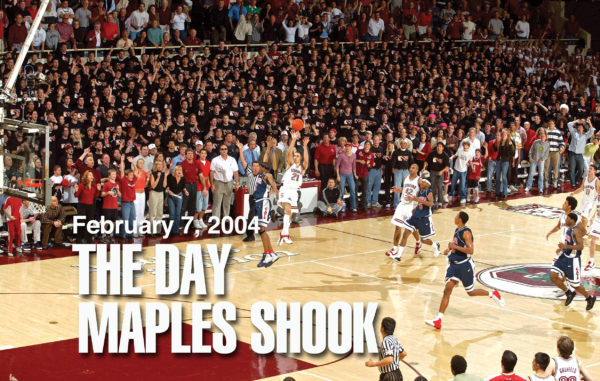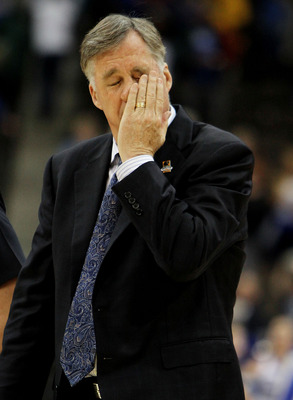Stanford Basketball Yearning For Its Glory Days (Or Is It?)…
Posted by Adam Butler on December 3rd, 2016You look around Maples Pavilion and you see empty rows of seats. If you look hard enough, I’m sure you could even find columns of seats right up to the not-all-that-high Maples ceiling. There’s empty booster level seating and you can hear conversations, noises perhaps unfamiliar to a more traditional college basketball environment. Just Wednesday night, following a loss inside Indiana’s Assembly Hall, North Carolina head coach Roy Williams lamented, “I’d like to play in front of a crowd like that in the Smith Center every night other than the frickin’ Duke game.” Indeed, what sets college basketball apart – and I suppose all college sports for that matter – is its atmosphere (not the frickin’ Duke game). The skill of professionals cannot be matched. Their stars are brighter and shots more true. Their arenas, however? Bigger but not always better. Or at least not louder. It is not the same. Stanford athletics, however, are a little different. It is not always an event. Sure there are scheduled contests with officials and media, hype men and even knockout at halftime. The requisite production remains. But it’s not destination sport. Their top-tier football program does not demand overflow attendance. And while the basketball program was once there and the floors would shake, they’ve also only been to one NCAA Tournament in the past eight seasons. It’s amazing what an NCAA Tournament appearance can do to an arena.
Following in the steps of a Hall of Famer is never easy. Trent Johnson escaped the shadow by progressively chasing lesser jobs (Stanford > LSU > TCU), while Johnny Dawkins sternly and rarely budged off of 18-wins. In either case, one of two critical components used in standard assessments of a program were missing: winning or charm. While the former speaks for itself and often excuses or masks a lack of the latter, wins are hard to come by. On charm, and particularly early in a coaching tenure, this can be used to excuse winning, a smile and a pep rally to lament the outgoing regime’s recruiting. Consider Ernie Kent walking door-to-door in Pullman or anything Bruce Pearl ever does. In either case (winning or charming), a coach and program are trying to set itself up for success on the recruiting trail and in the pocketbook. The recipe being some nonlinear combination of good players + wins + excitement + attendance. That’s how we generally evaluate a program.


















































